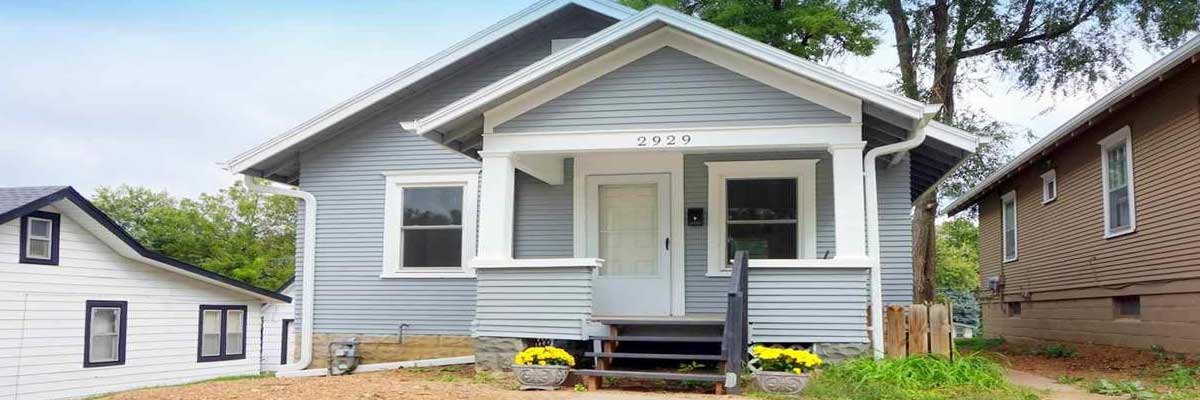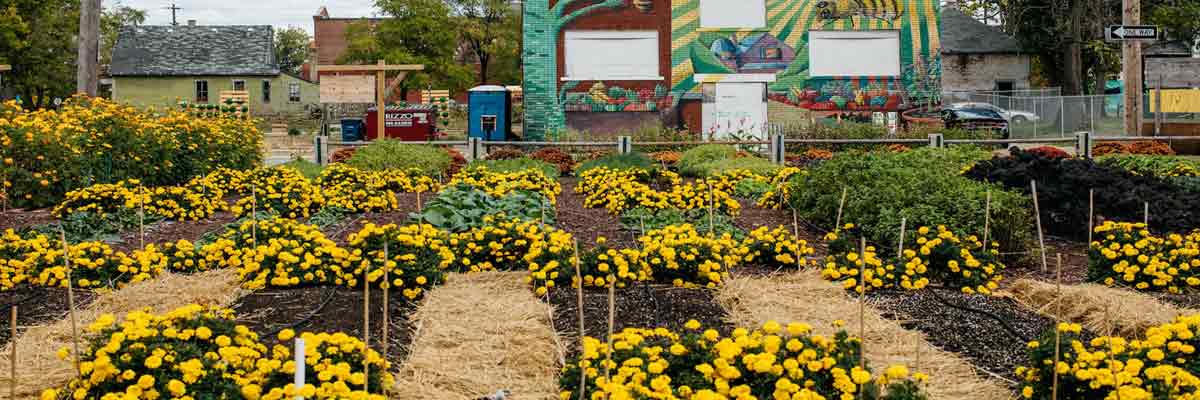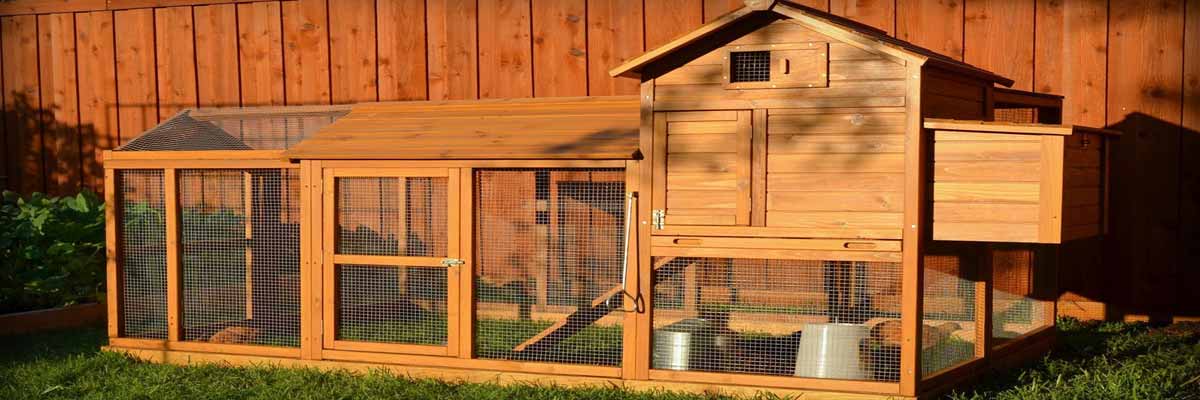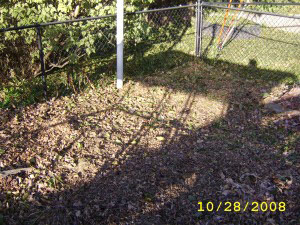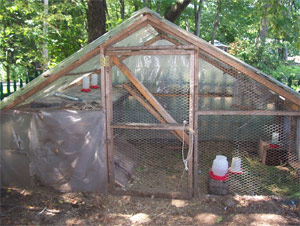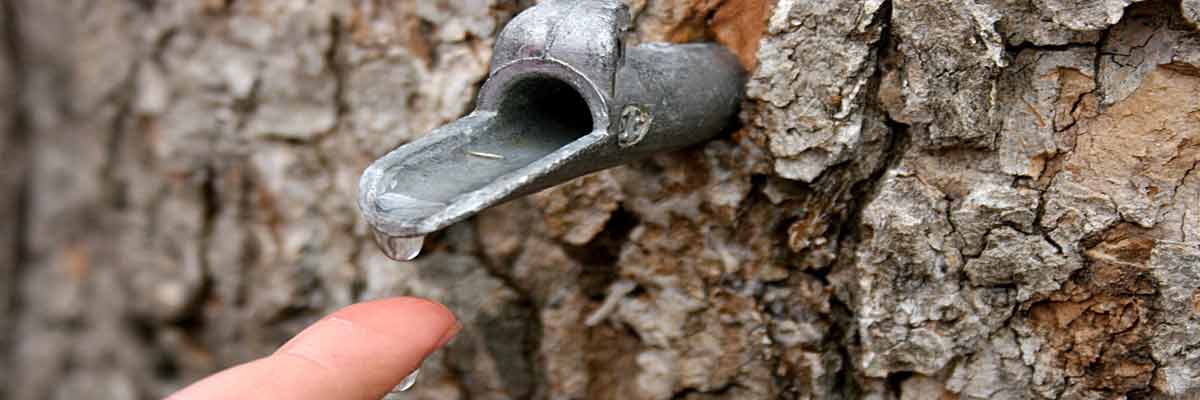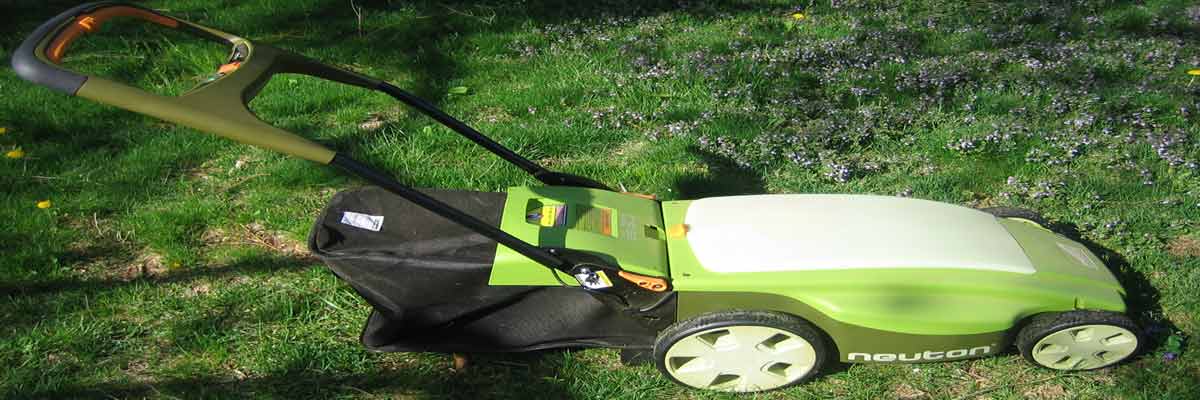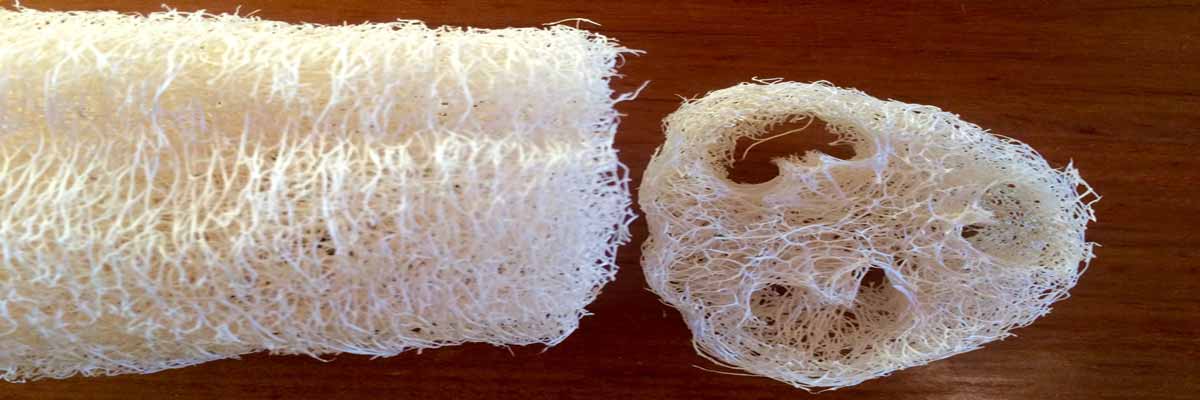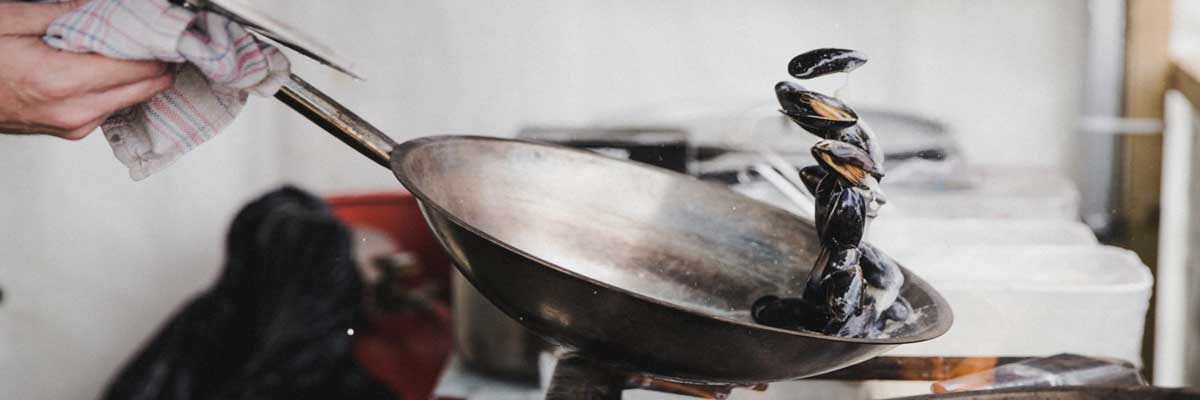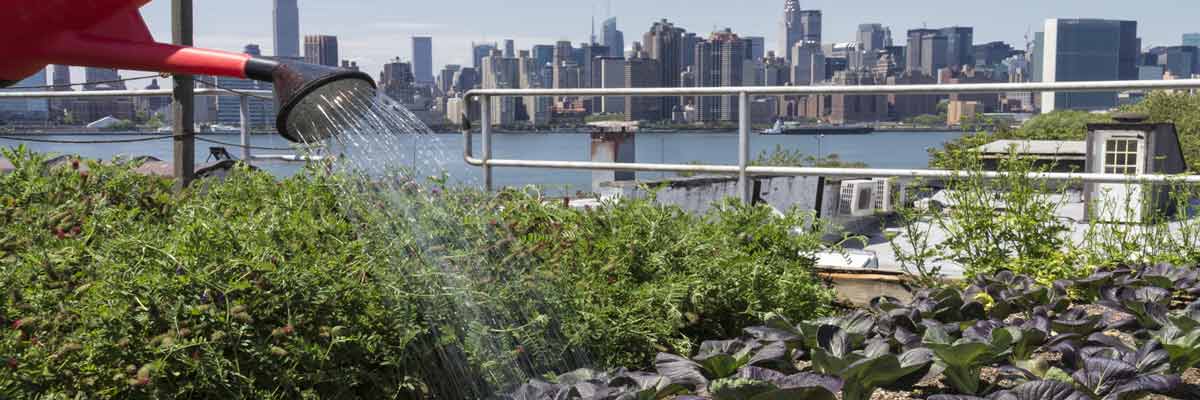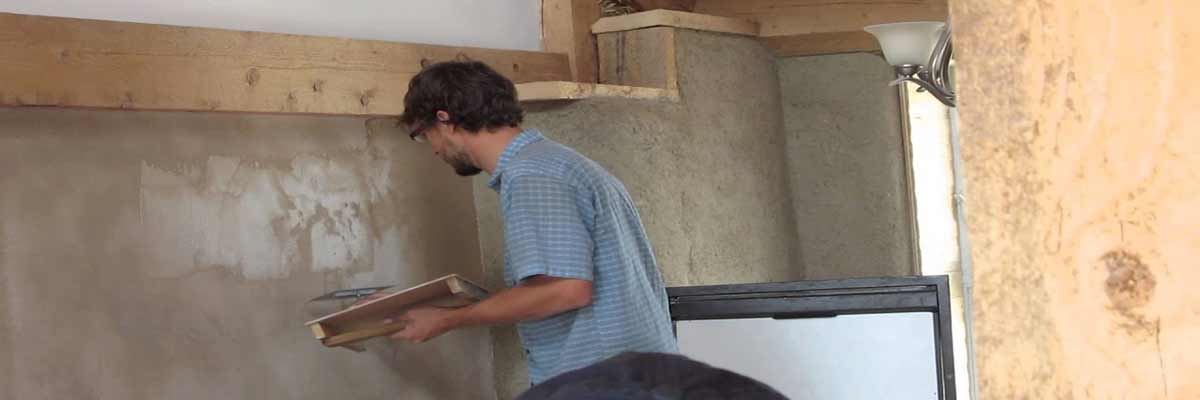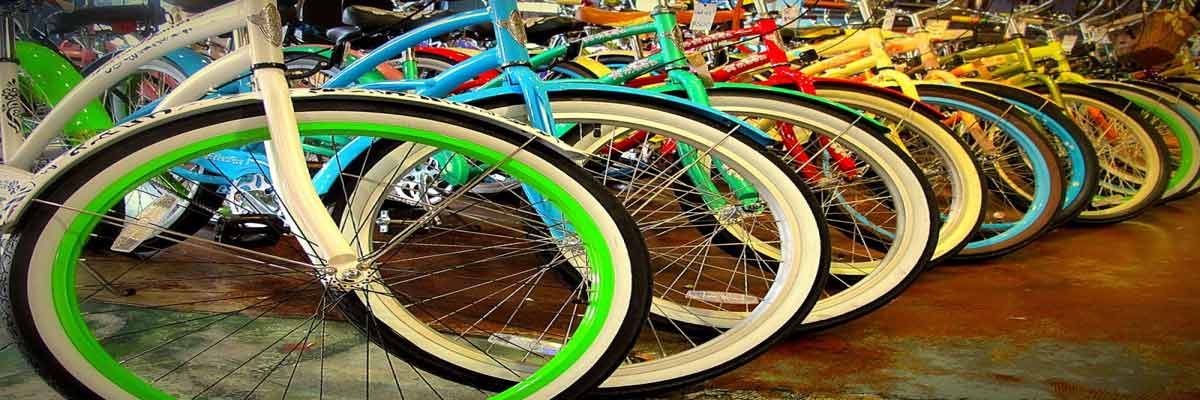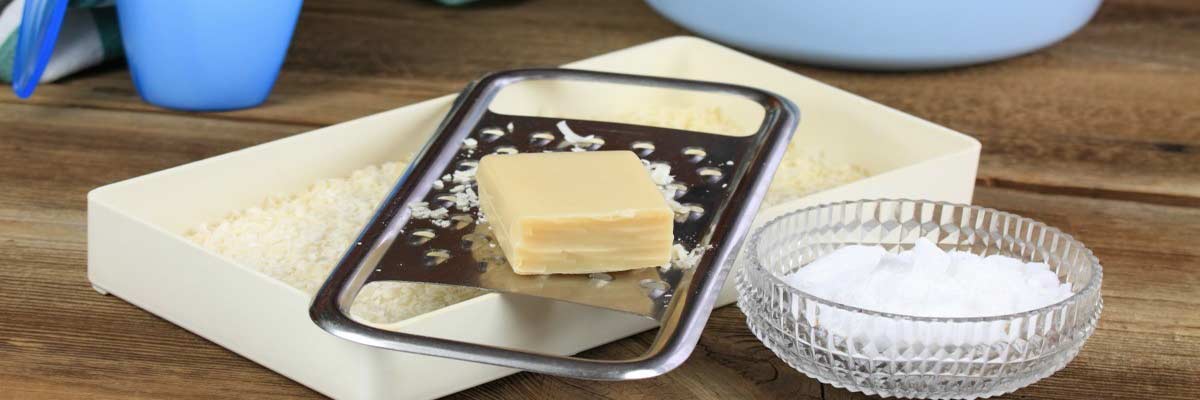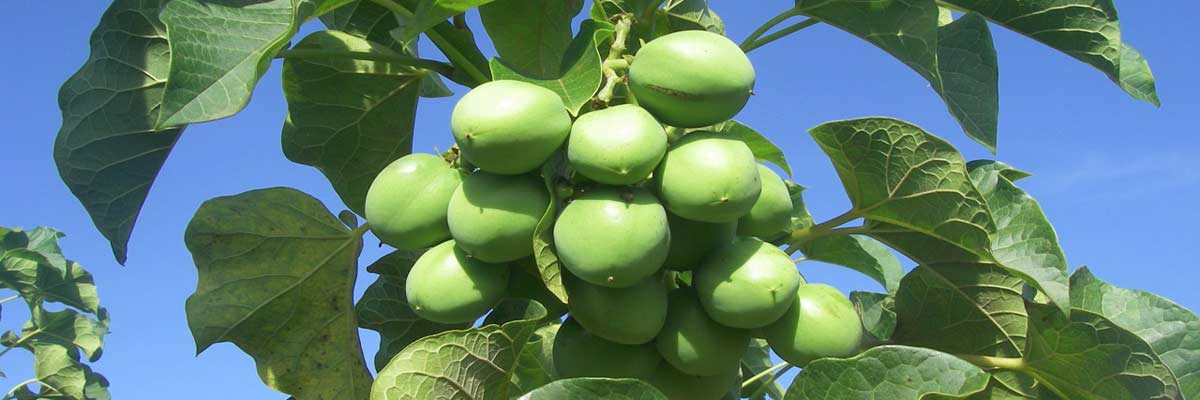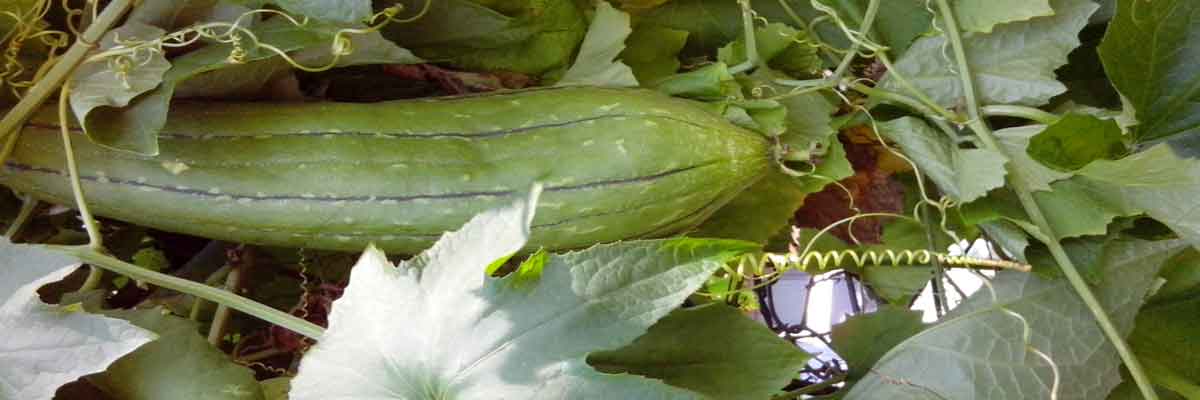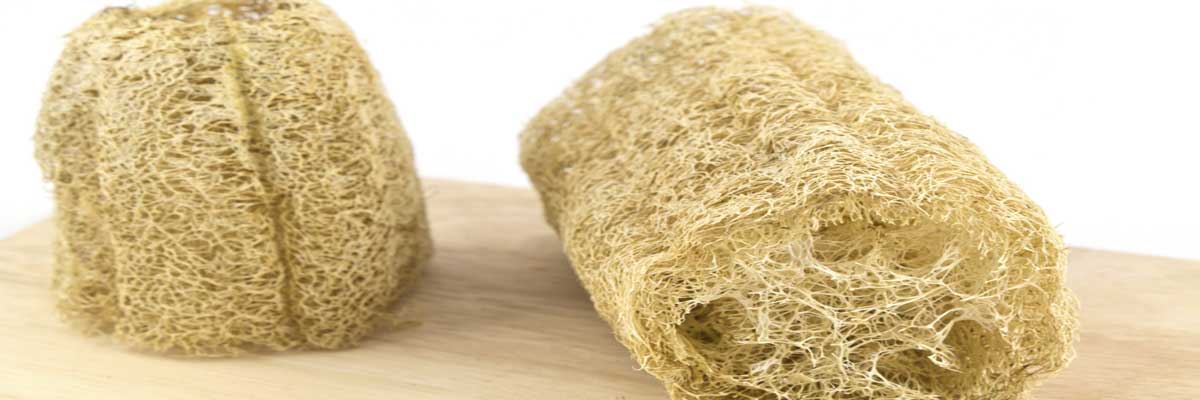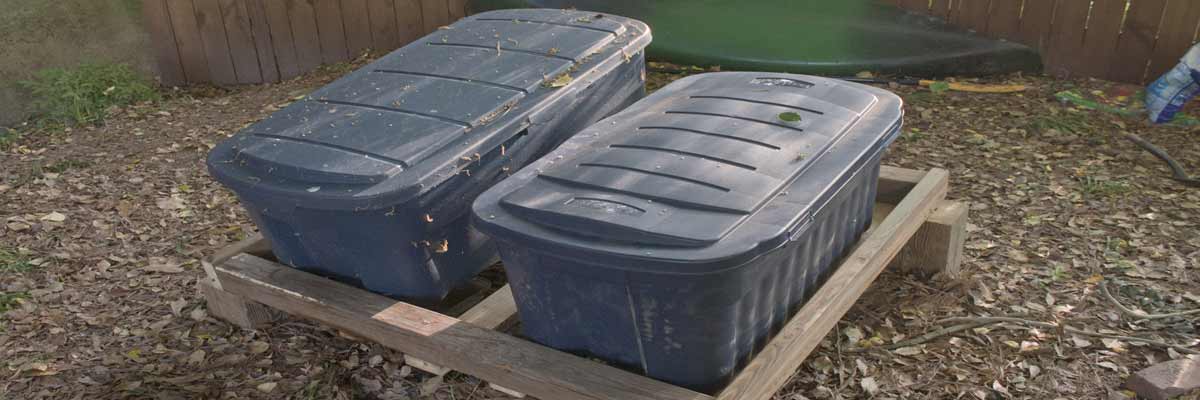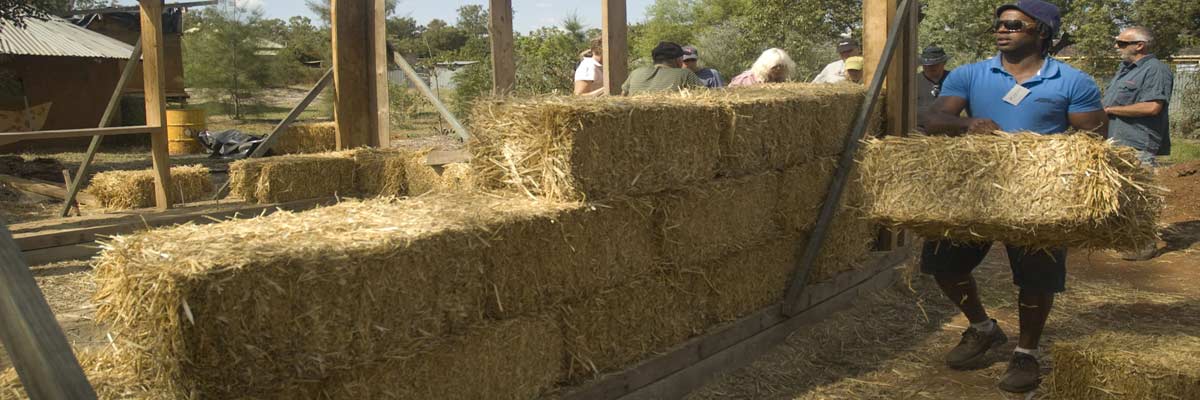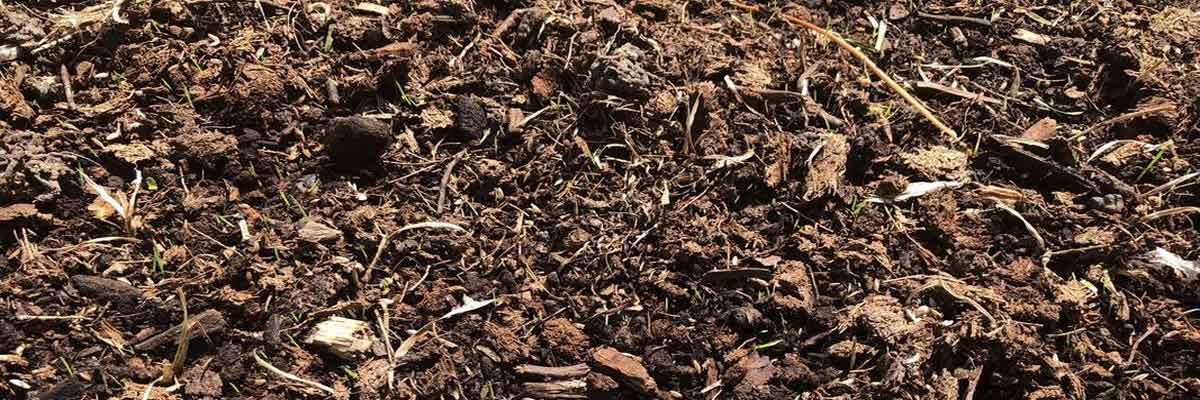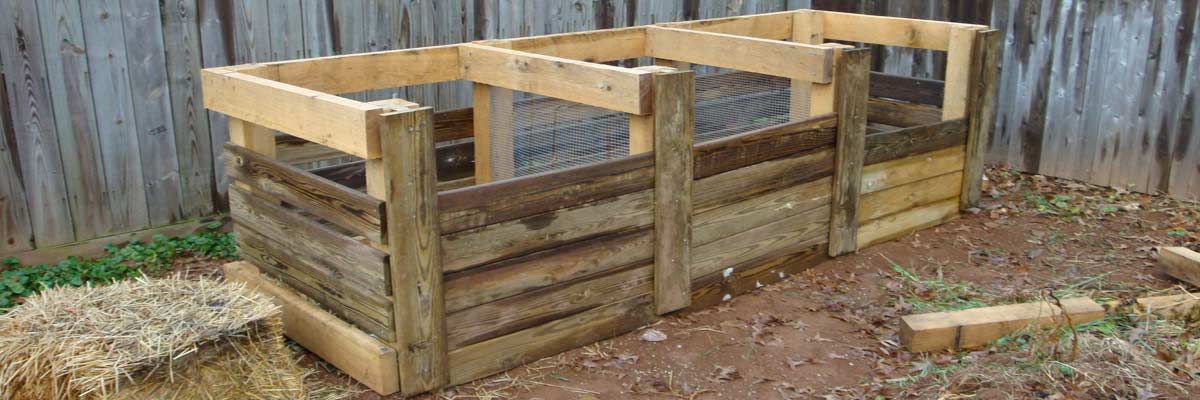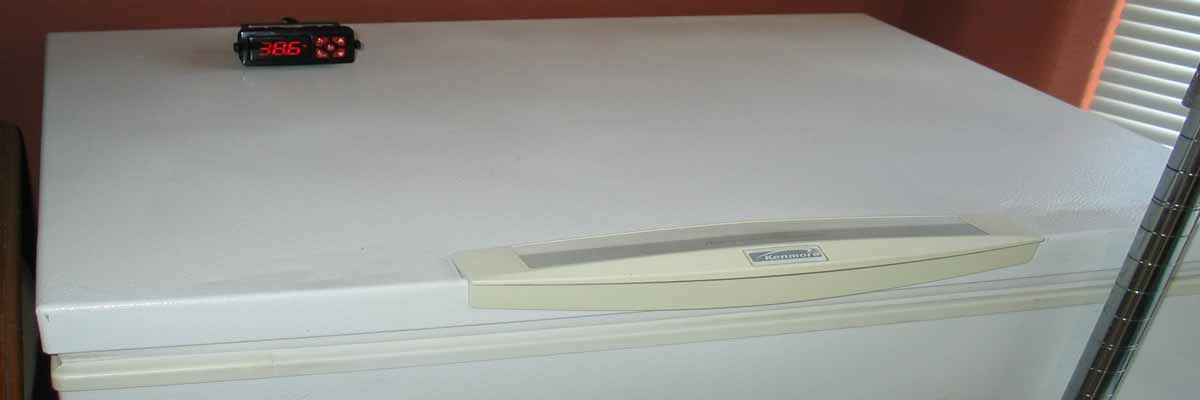Dan Phillips’ Revolutionary Idea of Half Priced Homes
Using “trash” (construction and other refuse) to build homes. Quote “in a town this size would otherwise be discarding usable building materials that could build a small scale house a week… That’s crazy! when we have families that would do anything to own a house.” Great ideas, funky original homes.
In the Wake of the End of the Auto
With enough abandoned lots to fill the city of San Francisco, Motown is 138 square miles divided between expanses of decay and emptiness and tracts of still-functioning communities and commercial areas. Close to six barren acres of an estimated 17,000 have already been turned into 500 “mini- farms,” demonstrating the lengths to which planners will go to make land productive.
I have a question. How much bailout money will the gardeners and farmers of urban Detroit receive? As it turns out I have more than one question. When will this country recognize that we must make a fundamental shift in our way of life to continue as a society. When will we face facts and realize that throwing good money after bad is stupid? Consumers are turning back into citizens. It’s becoming harder to make them buy stuff they don’t really need. This is a good thing in the long run but in the short run it will derail our consumer-based growth economy. The big question we should be asking ourselves is how much longer are we going to continue wasting our wealth on a failed reality and when will we wake up? It’s time for real, fundamental change; whether we like it or not.
Raising Urban Chickens Part 2a-Building a Coop
While I won’t portend to be quite as well spoken as Wendy from the previous article, I will attempt in this edition to display my chicken coop and enclosure as well as discuss some aspects of it for your information.
Raising Urban Chickens: Part 2-Building a Coop
This is a guest post by Wendy from Home Is… From reading her blog I knew she had chickens, and since she lives in Maine her knowledge of building a coop that will hold up to cold weather could be quite useful. She has written a series of articles on our site before related to her personal decision to stay in her home in the suburbs during the coming descent down Hubbert’s Peak.
Tapping Your Maple Trees – Start Preparing Now!
Do your children think that food comes from the supermarket or maybe the shop at the gas station? We all have opportunities to open that door to the past and learn to rely on nature to provide for our dietary needs. If we give her a chance, it is amazing how willing Mother Nature is to sustain our needs. One green (and fun) opportunity to utilize nature is to tap your maple trees to collect the sap. Now that is really tapping into Mother Nature!
I started tapping maple trees in my yard several years ago and constantly get questions about how to do this. The reality is that with the right equipment and a little direction, it is quite simple. The trick is to be prepared when the sap starts to flow (sometime in February or March depending upon weather conditions).
The Neuton Electric Lawn Mower Kicks Some Serious Grass
UPDATE: Ecorazzi is now giving away a Neuton in celebration of their two year anniversary. One person will be chosen at random.]
Before I start this review, you should know that I have a love/hate relationship with lawns. Living in the Northeast, they’re a necessary evil when one has not yet shifted an entire backyard to something built on permaculture. On the other hand, a recently cut lawn does look beautiful and sharp — something drilled into my head from summers of mowing other lawns to make cash in High School.
When my lawn turns colors from a lack of rain, I do not get out the sprinkler. I consider it a vacation from the weekly chore of mowing. If weeds or other variants of grass make their presence known, I consider them compliments to the scenery. It amuses/depresses me to no end the amount of resources Americans spend on the upkeep of lawns across the US — especially in places where grass has no business growing in the first place.
Mileage Improvements By Driving Less And Driving Slower
Back in April, I began an exercise in driving less and driving with fuel economy in mind. What I learned surprised me. Simple, obvious steps made the most difference. I drive a 98 Oldsmobile Alero and before I began, I was getting about 27 MPG, now I am up to 34 MPG. That’s a 7 MPG savings, using simple steps anyone can do.There are groceries, banks and just about everything I need within walking distance from work, so as a rule, I drive to work, then I drive home and that’s it. I occasionally drive to run some errands (there is only so much walking one can do on a lunch hour).
I began turning off the car at train crossings, or when stuck in a traffic jam, but the biggest jump occurred after slowing down to 60 MPH. I went from 29 MPG to 34 MPG. That’s huge.
Also, I rode my bicycle over 120 miles in June, and I’m well on my way to matching that for July. That’s trips to the hardware store, bank, goodwill, and beer runs (all within about 3 miles of my house). At 34 MPG, bicycling alone has saved 3 1/2 gallons of gas, or almost a 1/3 of a tank. That’s amazing!
Harnessing The Power Of Luffas For Shade And Sponges
If you’re a regular reader, you no doubt know we here at Groovy have a fascination with the seemingly magical properties of the Luffa. Not only can it be harvested to create the sponge-like scrubber most people love in the tub, but it can also help shade your home and keep things cool in the heat of summer. Just ask John Lawvere — an entire side of his trailer in Arizona is shaded from the sun with several Luffa vines. Additionally, he makes some extra cash from his crop by selling the “sponges” for $5/each come harvest time. Says John,
“I teach Physics at a community college in Tucson, AZ. My remodeling/plumber friend helped me a lot at building supports for Luffa vines. We have an idea about building structures over parking lots (near apartment complexes and other businesses) to save those people money on air conditioning while producing a valuable crop.”
Not a bad idea, right? We applaud John and his amazing “Luffa Tunnel” — something he says “convinced my girlfriend’s mother (in Belarus) that I was a good man.” Ha, nice.
For our original classic, “How To Make (And Grow) A Luffa”, click here
Cutting Down on Cooking Costs: Green SAHM’s Got Some Tips
Green SAHM is one of my favorite blogs in my RSS reader. Her latest post is on saving energy when cooking. Tips vary from keeping a lid on the pot on the stove, to analysis of energy costs of different cooking methods (microwave, electric oven, gas oven, slow cooker. Definitely worth a look!
From How to Use Less Energy While Cooking
Growing Power-An Urban Agriculture and Education Center
A few friends of mine from the fledgling Sustainability NPO we recently founded, Sustain Jefferson, spent a few incredible hours touring Growing Power this past Monday. Growing Power is a non-profit Urban Agriculture and Education facility in Milwaukee, WI that claims to grow enough food for 2000 people on 2 acres. With a claim like that I was drawn like a moth to flame. Their website offered some clues to their system-vermiculture, aquaculture, and several greenhouses. The actual tour filled in many of the details and inspired me in a way that I haven’t experienced since I was originally introduced to Permaculture and Bill Mollison several years ago.
What excited me most about Permaculture was the sheer common sense of it all. Taking wastes and turning them into resources is not something we typically think of today. Just as Forests have no waste products, Permaculture strives to promote such perfect systems in human endeavors whether it be designing a garden or linking businesses together via Natural Capitalism. Using the waste of built systems to add energy to another allows you to drastically reduce your time and energy taking care of problems and reap the benefits of one integrated system working in concert is something that continues to fascinate me Aquaponics, especially in the uber simple system that Will Allen of Growing Power sets up, fits the bill perfectly.
How-to Video on Natural Earth Plastering at Dancing Rabbit TV
I caught this video today over at Dancing Rabbit TV. It’s a great look at building your own earthen walls. Head on over for a look:
Part I
I Ride My Bike
Enough with the gloom and doom over peak oil and climate change you say. You want an empowering story of change? Alright here’s an example of a personal adjustment I’ve made in my own life in an attempt to address both the above events because after all, the basic answer to both peak oil and climate change is roughly the same. Stop using fossil fuels; or at least cut way back on using them. But that’s so hard everyone says. It can’t be done. Nonsense. Or as Tom Athanasiou recently said, Change is necessary and because it is necessary it is possible.
I decided 2007 would be the year I got rid of my car. Not completely, but I’ve known for some time that driving a car keeps me dependent on the oil economy and pollutes this planet. I’ve known I needed to cut back on my automotive oil addiction. But it wasn’t until 2007 that I got serious about making change. Here are the numbers for the year so far.
The 4 Day Work Week
The notion of our standard work week here in America has remained largely the same since 1938. That was the year the Fair Labor Standards Act was passed, standardizing the eight hour work day and the 40 hour work week. Each Monday, Tuesday, Wednesday, Thursday and Friday workers all over the country wake up, get dressed, eat breakfast and go to work. But the notion that the majority of the workforce should keep these hours is based on nothing more than an idea put forth but the Federal government almost 70 years ago. To be sure it was an improvement in the lives of many Americans who were at the time forced to work 10+ hours a day, sometimes 6 days of the week. So a 40 hour work week was seen as an upgrade in the lives of many of U.S. citizens. 8 is a nice round number; one third of each 24 hour day. In theory it leaves 8 hours for sleep and 8 hours for other activities like eating, bathing, raising children and enjoying life. But the notion that we should work for 5 of these days in a row before taking 2 for ourselves is, as best I can tell, rather arbitrary.
The idea of a shorter work week is not a new one to anyone old enough to have lived through the energy shocks of the 1970’s. It should be fairly obvious to anyone interested in conserving oil that reducing the number of daily commutes per week would reduce the overall demand for oil. There are about 133 million workers in America. Around 80% of them get to work by driving alone in a car. The average commute covers about 16 miles each way. So let’s stop and do some math:
UPDATED: Making Homemade Laundry Soap
Last night after cooking supper I decided to cook up a batch of laundry soap. A friend had sent me the recipe for homemade laundry soap a while back and I’ve been anxious to try it since. I followed the recipe shown here (if you check the comments there is even one for a dry laundry soap.)
 First things first, I got some water boiling and started to carve up the bar of soap. We used Caress, which I don’t recommend, the smell was overpowering. And it reminded me of my grandmother too much. If you purchased a bar of eco friendly soap you’d be in even better shape. Or a local bar of soap would be good too.
First things first, I got some water boiling and started to carve up the bar of soap. We used Caress, which I don’t recommend, the smell was overpowering. And it reminded me of my grandmother too much. If you purchased a bar of eco friendly soap you’d be in even better shape. Or a local bar of soap would be good too.
Adventures In Sustainability: Grow My Little Jatropha, Grow
Well, it’s been over two months since I started my little Jatropha experiment and I thought I would chime in on how things are coming. First of all, Jatropha is incredibly easy to grow. I had a delay of about three weeks with my initial seeds since most of it was “old” Jat seed according to some growers and stymied my efforts. In desperation to up the odds, I planted about 20 seeds into one container and was finally rewarded with about six plants. After a few weeks, I transferred two of the strongest plants to a larger container and they’ve taken off in their new home. Surprisingly, the other four plants are doing fine (albeit with not as dramatic growth) and continue to increase in foliage.
 Since I’ve had some time to spend growing this plant, I’ve also discovered some interesting facts. For instance, this is a deciduous tree. I’ve always heard it referred to as a ‘weed’ but this may be because it has an easy time adapting to poor soil conditions, droughts, and can survive almost anywhere it stay relatively above 32 degrees Fahrenheit. Also, Jatropha can grow 8-10 meters tall under the right conditions. Once it drops its leaves and flowers, the seeds will follow shortly afterwards and then mature three months later. It’s at this point that we can attempt some biofuel extraction.
Since I’ve had some time to spend growing this plant, I’ve also discovered some interesting facts. For instance, this is a deciduous tree. I’ve always heard it referred to as a ‘weed’ but this may be because it has an easy time adapting to poor soil conditions, droughts, and can survive almost anywhere it stay relatively above 32 degrees Fahrenheit. Also, Jatropha can grow 8-10 meters tall under the right conditions. Once it drops its leaves and flowers, the seeds will follow shortly afterwards and then mature three months later. It’s at this point that we can attempt some biofuel extraction.
Adventures In Sustainability: Growing My Own Biofuel With Jatropha
I just received a package from India. Yes, I know it was a terribly long distance to order something for a green living site; but my buying options were extremely limited in the U.S. So, turning to Ebay, I managed to find what I was looking for fairly quickly. And now, after traveling thousands of miles, I have my first jatropha seeds.
What’s jatropha? It’s a small shrub that is being planted by the millions throughout China, India, and Brazil as an alternative to oil. What makes it unique in the biofuel industry is its ability to produce a great deal of oil that needs very little refinement. A one-metre hedge will produce one kilogram of seeds with each seed containing about 1/3 of oil. 5 kilograms of seeds will give you roughly one litre. It yields more than four times as much fuel per hectare as soybean, and more than ten times that of corn. It’s extremely easy to grow, lives up to 50 years and produces seeds for its whole lifetime. Furthermore, the species is drought-resistant, can be grown at high altitudes and can withstand slight frosts. In the right conditions, each plant can grow eight or ten meters in height!
How To Grow Shitake Mushrooms
Anyone who’s been to a gardening class or a permaculture class about how to produce more food from home has heard the question, “What can I grow in the shade?” Shaded areas, especially deeply shaded areas of the yard, are not especially conducive to growing fruits and vegetables. Those plants like sunlight. So what is a Victory Gardener to do? One answer is mushrooms.
At this point I’d like to share my status as a novice concerning mushroom cultivation. This is my first attempt at growing fungi for personal consumption so feel free to learn with me but please don’t label me an expert. I’m just figuring this out as I go and sharing the experience. I’m following the directions of the Mushroom People of Summertown, TN. I’m going to grow Shitakes and you’re welcome to follow along.
After receive my inoculation plugs in the mail, my brother and I thinned several trees from a family member’s property.
How To Grow (and make) Your Own Tea!
When the world goes to hell, and you no longer have ample supplies of crappy Linton tea bags lying around (but you really don’t have those do you?), it will be refreshing to know that you’re not powerless. Granted, growing tea is not something out of the realm of thought (like growing your own shower Luffa), but did you ever really consider it? Maybe I’m alone, but a great article I found today has inspired me to grow tea leaves, as well as a shower luffa for the coming season. Perhaps you’ll had them to your list as well?
According to the author, it’s really not that difficult. However, one hindrance to interested readers might be the Zone 8 region (mid-west to southern USA) requirement for outdoor success. For people living above this zone, it’s worth giving it a shot indoors or in a greenhouse. From the article,
” The Camellia sinensis plant is a small shrub about 1-2 meters in height, though it will grow taller if you don’t prune it. In the fall, your tea shrub will flower with small white blossoms that have a delightful scent. These plants are often grown as ornamentals. For planting, Camellia sinensis likes well-drained and sandy soil that is on the acidic side. If you are going to grow your tea in a container, add some sphagnum moss to the potting mix. You’ll need some patience, too. Your plant should be around 3 years old before you start harvesting leaves.”
Slow Clothing
In conversations about social justice, energy, and our environment clothing doesn’t get a lot of attention. This is in part because individually, clothing items don’t carry that big an embodied energy cost. Another reason is that shirts aren’t as spectacular as cars, or houses or even dinner. It is also kind of a girl thing – although male clothing is just as expensive, men, on average, shop less often and buy less when they do. Women tend to buy the household’s clothing as well as their own, and to engage in recreational clothing shopping. Clothing the household has been women’s work from time immemorial. And because the clothes we wear are tied intimately into how we feel about ourselves, and how others view us, clothing as a subject is somewhat fraught.
And yet, I think there are a number of really good reasons to find and learn ways to make clothing, to prioritize homemade, or locally made clothing (including learning to find it beautiful), and perhaps to create a “Slow Clothing” movement rather like the ”Slow Food” movement currently picking up speed. Maybe it’s as simple as creating a campaign in which each of us would have at least one daily wearable outfit that we’ve made ourselves.
More On How To Grow A Luffa
Quite a few people were interested in my recent harvest of Luffa shower sponges. I thought I’d explain a bit more about the plant and the process of growing it. Luffa aegyptiaca Mill. or as it is commonly called, the Loofah, is a vegetable native to South America. It can be eaten when it is smaller. I have stir fried them but only up to a size of about 4 inches. After that they become tough like an over ripe squash. Left to fully mature each fruit produces an excellent sponge. Seeds for this plant are readily available through vegetable catalogs and you’ll only have to buy seeds your first year- one mature Luffa sponge will produce at least 30 seeds. Some will produce many more.
Frost kills the plant and it needs 4 to 5 months of growth to produce sponges. Here in North Carolina I can plant seeds directly in the ground near the date of the last frost and then harvest a modest number of sponges later in autumn. If I wanted a better yield or if I lived further north I would start them indoors several weeks, maybe even a month before the date of the last frost and transplant them outdoors after frost danger has passed. Planting them on the sunny, southern side of your property will help. They are natural climbers and are happiest running up the sides of a trellis or even the outer walls of your home. I sprinkle a few seeds near, but not in front of, one of my south facing gutter downspouts. When the plant sprouts it climbs up the downspout and along my gutters. It doesn’t impede the flow of water and in the fall when the plant dies I easily pull it off of my home. The large Luffa leaves help to shade the hottest side of my house in the summer. I am certain they could be grown just as well on a large trellis. They can get quite long. I’ve grown vines that exceeded 15 feet in length.
How To Make (and grow) A Luffa!
For the third autumn in a row I am pleased to be harvesting my shower sponge for next year. Now I know that must sound like a strange statement but it’s true. Many people are surprised when they find out I grow my own Luffa sponges. “Don’t those come from the sea?”, is the standard question to which I respond that the Luffa is a vegetable you can grow in your very own garden.
This annual requires a long growing season of frost free weather. But for those of you in colder climates it is possible to start seedlings indoors and then transplant them outside allowing you to grow your own sponges. The vine can grow to great lengths producing beautiful yellow flowers all summer. Next spring I will be sure to remind you to start your sponges. Right now though I am focused on the harvest. I almost waited too late to get my Luffa started this spring so I was lucky to get a hand full of mature sponges. This one grew right outside my bedroom window.
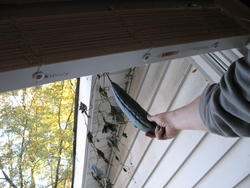
How To: Make A Worm Bin For Your Home
Most people don’t associate worm bins with something that can exist inside your home. However, with the right ventilation and setup, your worms will be more than happy to do their work in your company — without upsetting guests who might cringe at the thought. The secret is in using Rubbermaid Roughneck 10 Gallon Plastic Containers; the type that most people use for storing winter clothing or footwear. Their unassuming appearance make for easy integration of a worm bin in the basement, pantry, etc.
The instructions after the jump are really easy to follow. I haven’t tried it myself yet, but admit to wanting faster compost; especially with winter drawing fast and thoughts of Spring taking root. I’ve never tried worm composting, but hear it’s pretty effective. Anyone have any suggestions for worm bin composting inside the home? Take a look at these plans and tell us what you think!
DIY :: Strawbale Coldframe
I recently overheard Albert Bates of The Farm make mention of using strawbale walls in greenhouses. Typically strawbale construction treats the straw walls with a lime and clay plaster to create a breathable, weather and bug resistant barrier. If not the bales rot. However when the bales begin to breakdown the process gives off heat. Mr. Bates leaves the strawbale greenhouse walls untreated so that they will decompose over the winter and give off heat to keep the plants warm. The following spring the partially decomposed walls are used to mulch the garden. I scaled down the idea a bit and built myself a strawbale cold frame. Here’s how to do it.
Groovy Challenge :: Stealing Soil
On our own, nongroovy websites Matt and I have been talking about the great autumn resource of fallen leaves from deciduous trees. Sure you can rake the leaves from your yard and use them as mulch or add them to your compost pile but what about all those bags of leaves you see on the side of the road piled up as other people’s trash? The process by which trees produce leaves that then fall and decompose is how soil is created. Those people are throwing away soil. Are they crazy!?!? Every year 25 billion tons of topsoil is lost to the world. The way I see it I have a duty to stop and pick up those bags and make sure that they are indeed turned into life supporting soil. Sure they’ll rot wherever they end up but why not in my garden helping me to grow yummy, superlocal food?
So here’s the challenge. Matt, I bet I can pick up more bags of leaves (soil) than you can. If you accept my challenge and I do pick up more bags, you will have to do something. But if you happen to collect more bags of leaves from the side of the road then I will have to do something. And we’ll let the readers decide what that something is. What do you say?
DIY Compost Bin
In the spirit of this newly announced competition, I put together a larger compost bin to collect our (and yes, possibly our neighbor’s) leaves this fall. This will supplement our smaller secure bin that we use for kitchen scraps – It keeps the skunks out.
Killing two birds with one stone, I got rid of a good portion of my “reclaimed wood pile” (that was not Mrs. B’s favorite), and built myself a fine compost bin.
A picture is worth a 1000 words, so without further ado: (click more to see pics and for dimensions)
0.1 kWh/day Refrigerator
I guess that this “hack” from a chest freezer to a super-efficient refrigerator has been around for a year or so (2005). This just proves that you have to poke around to find something good, and when you do share it with others. (I wonder if the folks from path to freedom have seen this one yet.)
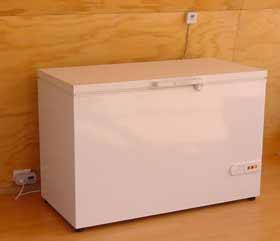 I found Mt. Best via farmlet, 2 great new sites to bookmark (new to me anyways), both out of NZ.
I found Mt. Best via farmlet, 2 great new sites to bookmark (new to me anyways), both out of NZ.
Here’s what they have to say about their fridge:
” My chest fridge (Vestfrost freezer turned into a fridge) consumes about 0.1 kWh a day. It works only about 2 minutes per hour. At all other times it is perfectly quiet and consumes no power whatsoever. My wind/solar system batteries and power-sensing inverter simply love it.
It is obvious that a truly energy efficient fridge does not cost any more money than a mediocre one. It actually costs less. It also has extra features, such as digital temperature display that gives you full control on the temperature settings inside.”
